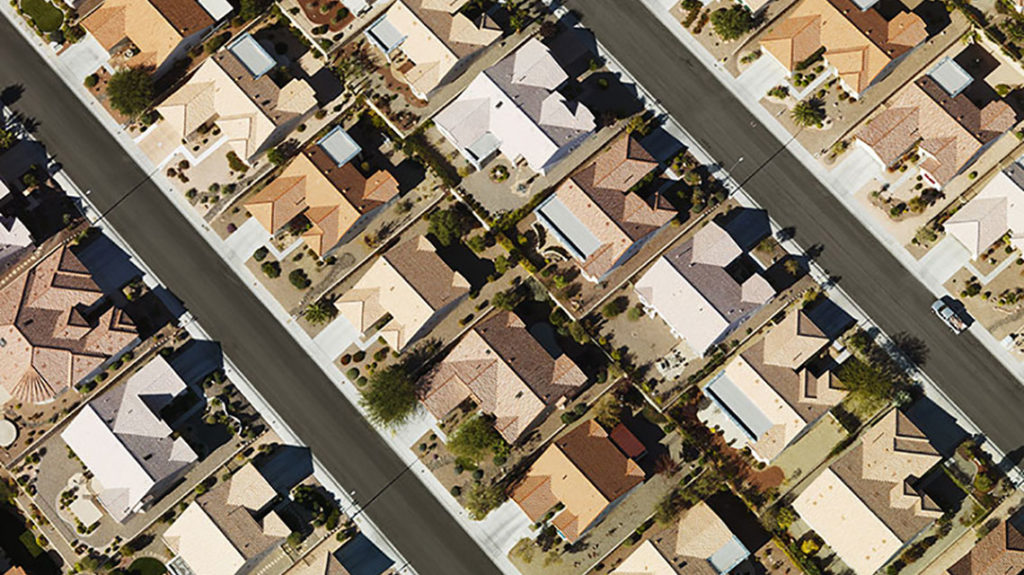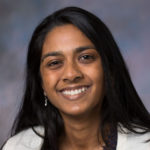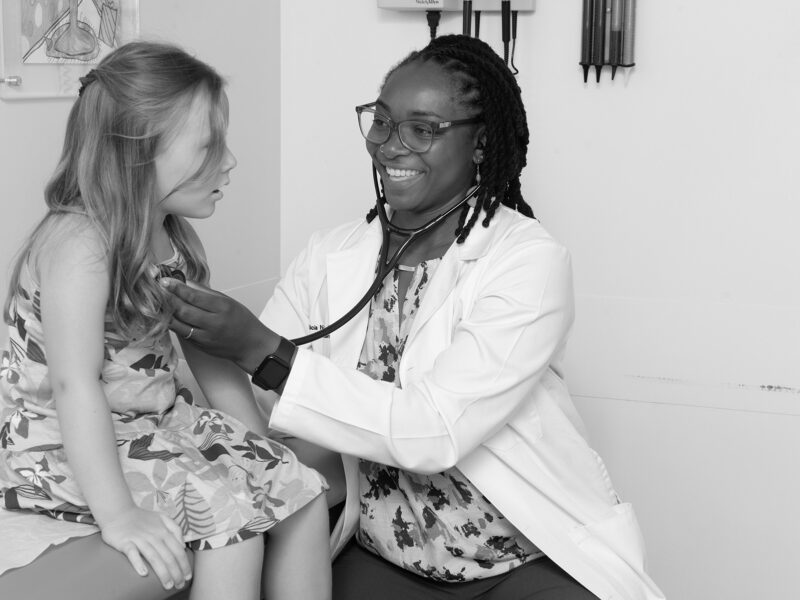Creating the Patient-Centered Medical Neighborhood
Creating the Patient-Centered Medical Neighborhood https://pediatricsnationwide.org/wp-content/uploads/2016/05/neighborhood-header-1024x575.jpg 1024 575 Tiasha Letostak, PhD Tiasha Letostak, PhD https://pediatricsnationwide.org/wp-content/uploads/2021/03/Tiasha-Letostak.jpg- May 03, 2016
- Tiasha Letostak, PhD

How do we create a more integrated healthcare delivery system to improve outcomes in our community?
The Agency for Healthcare Research and Quality (AHRQ) conceptualizes the medical neighborhood as a patient-centered medical home (PCMH) and the network of other clinicians providing health care services to patients within it, along with community and social service organizations, as well as state and local public health agencies.
A well-functioning medical neighborhood does not only require communication and coordination among primary care clinicians within the PCMH and other team members. It also entails management of population health and the development of better relationships with community services for various “neighbors” to work together more effectively. These community and social services range from hospice and personal care services, to home-delivered meals, home modifications, assistive technology, accessible transportation, and education and support for patient self-care.
“With the focus of new health care delivery models shifting from volume to value, we should treat our patients the way we educate our physicians, coordinating treatment across a continuum,” says Kenneth Johnson, DO, executive dean of the Ohio University Heritage College of Osteopathic Medicine, where at least 80 percent of students are from Ohio and nearly 65 percent of graduates have remained in the state to practice medicine since the institution’s inception. “The better we can understand our communities, the better we can provide care to serve our patients.”
According to Dr. Johnson, the science of health care delivery has expanded over the past few decades to include models of care that emphasize value over volume. These include PCMHs, accountable care organizations (ACOs) and accountable health care communities (AHCs), which have led to an increased focus on population health management, access to care, coordination of care and quality improvement.
The Center for Population Health and Equity Research (CPHER) at Nationwide Children’s Hospital is a network of investigators and clinicians dedicated to exploring the impacts of these types of health care delivery and funding models, with the goal of generating new knowledge about improving health outcomes and health equity for underserved patient populations.
“Enhancing the training of future population health and equity researchers is a priority for the center,” says Deena J. Chisolm, PhD, director of CPHER and program director for the Patient-Centered Pediatric Research Program at Nationwide Children’s. “CPHER regularly recruits for and helps contribute to training engagement programs at Nationwide Children’s and The Ohio State University, including the Academic General Pediatrics Fellowship, which emphasizes clinical care delivery in a community-based pediatric primary care practice, to more comprehensively address the health needs of underserved communities.”
However, this professional mentoring and clinical experience can begin earlier, before residency and fellowship, as exemplified by the Rural and Urban Scholars Pathways (RUSP) program at Ohio University, an innovative, co-curricular program that places physicians where they are needed most — medically underserved communities.
“Our Rural and Urban Scholars Pathways program for medical students specifically incorporates patient and community engagement and empowerment as important competencies needed to practice in underserved areas, both urban and rural,” explains Dr. Johnson. “Programs such as this one are admitting students that have interest not only in providing health care to patients but also in being a part of an integrated network that benefits local communities by collectively improving access to care, care coordination and population health.”
Through a combination of classroom preparation, rural and urban clinical experiences, and specialized professional development opportunities, RUSP students are provided with the depth and breadth of knowledge needed to meet patients’ health care needs as primary care physicians or generalist specialists working alone or in a small practice.
“One of the things I’ve heard students say is that there isn’t that much of a difference in urban underserved versus rural,” says Sharon Reynolds, Ed.D, RUSP director, in an interview for Ohio University Medicine. “That disparity of access to care, access to food, transportation, all of those things that are faced by individuals in rural settings, are also faced by individuals in urban settings.”
Understanding the everyday challenges faced by patients in underserved communities is at the heart of the RUSP program curriculum and similar programs at other medical schools, and Dr. Johnson notes that community engagement is essential to identifying the right solutions to these challenges.
“Working with stakeholders — from local schools and community centers to church leaders and faith-based non-profits — can help us make the best decision for the community, rather than what we, as providers, might think is best,” says Dr. Johnson. “For instance, our two mobile clinics provide quality care to residents in rural southeast Ohio, and we assumed that same model could also be implemented in Cleveland, until community stakeholders told us that investing in a van that simply transported residents to and from their health care appointments would be more beneficial.”
A high-functioning, patient-centered medical neighborhood requires this type of focus on the patient’s preferences. This can only be achieved, however, through regular communication, collaboration and shared decision-making across various actors in the health care delivery system. Having strong links to the community in terms of both clinical and nonclinical services — such as school-based health care or church health centers — thus encourages community accountability for population health, ideally resulting in improved patient outcomes.
References:
- Johnson K. “Reinventing Primary Care Delivery and Education to Create the Next Generation of Community Health Providers.” Pediatric Grand Rounds at Nationwide Children’s Hospital. 2016 Feb 18.
- Taylor EF, Lake T, Nysenbaum J, Peterson G, Meyers D. Coordinating care in the medical neighborhood: critical components and available mechanisms. White Paper (prepared by Mathematica Policy Research under Contract No. HHSA290200900019I TO2). AHRQ Publication No. 11-0064. Rockville, MD: Agency for Healthcare Research and Quality. June 2011.
About the author
Tiasha is the senior strategist for Clinical & Research Communications at Nationwide Children's Hospital. She provides assistance to investigators in The Research Institute and clinician-scientists at Nationwide Children’s for internal and external communication of clinical studies, peer-reviewed journal articles, grant awards and research news. She is also the editor-in-chief for Research Now, Nationwide Children's monthly, all-employee e-newsletter for research, as well as a writer for Pediatrics Nationwide.
-
Tiasha Letostak, PhDhttps://pediatricsnationwide.org/author/tiasha-letostak-phd/
-
Tiasha Letostak, PhDhttps://pediatricsnationwide.org/author/tiasha-letostak-phd/
-
Tiasha Letostak, PhDhttps://pediatricsnationwide.org/author/tiasha-letostak-phd/July 14, 2014
-
Tiasha Letostak, PhDhttps://pediatricsnationwide.org/author/tiasha-letostak-phd/September 3, 2014
- Posted In:
- Features







